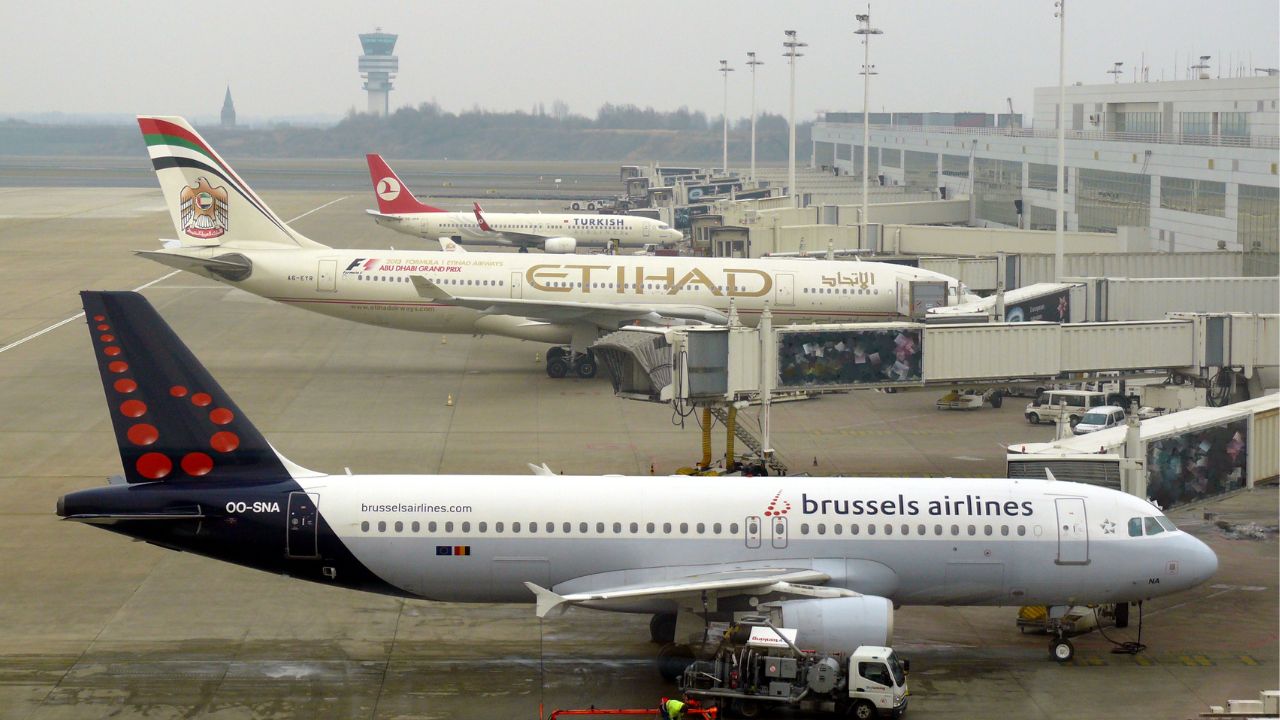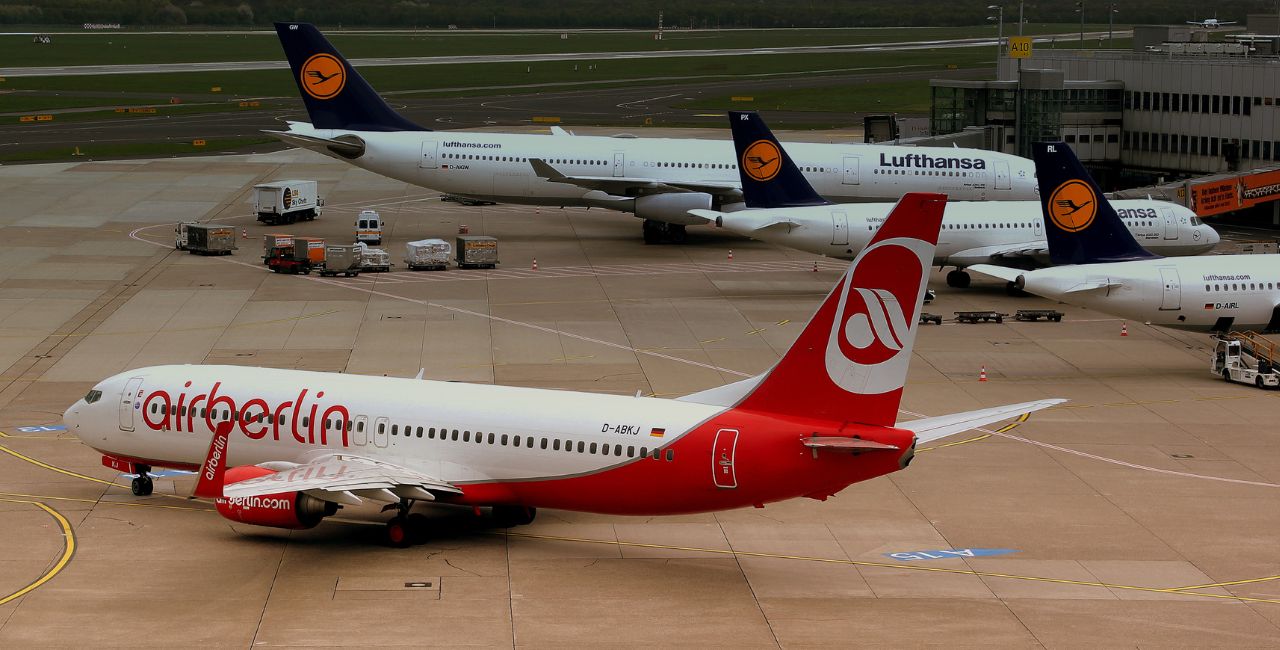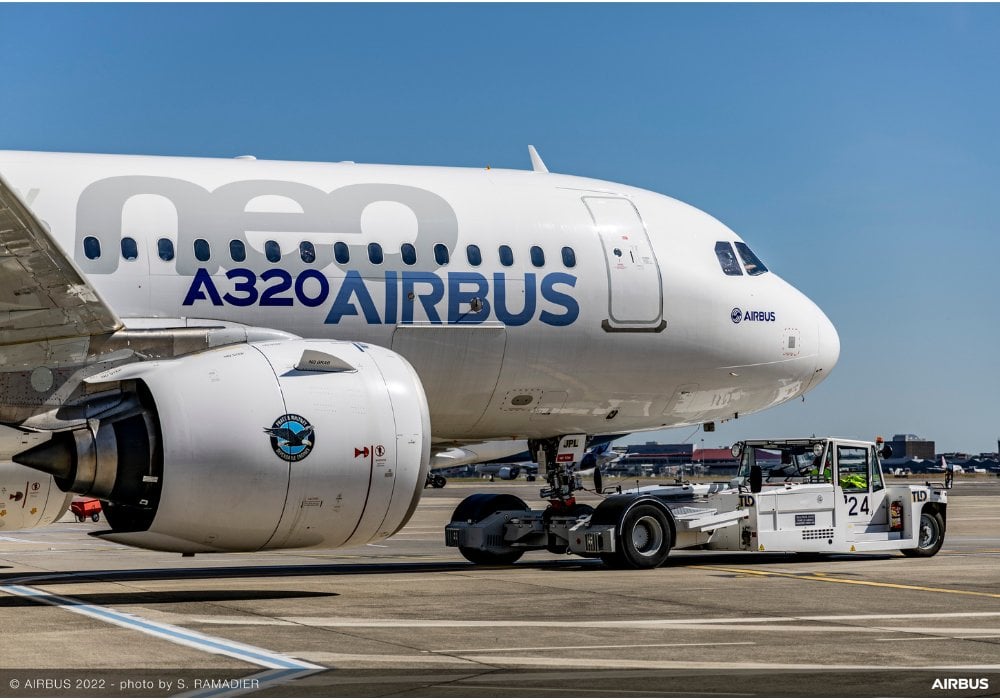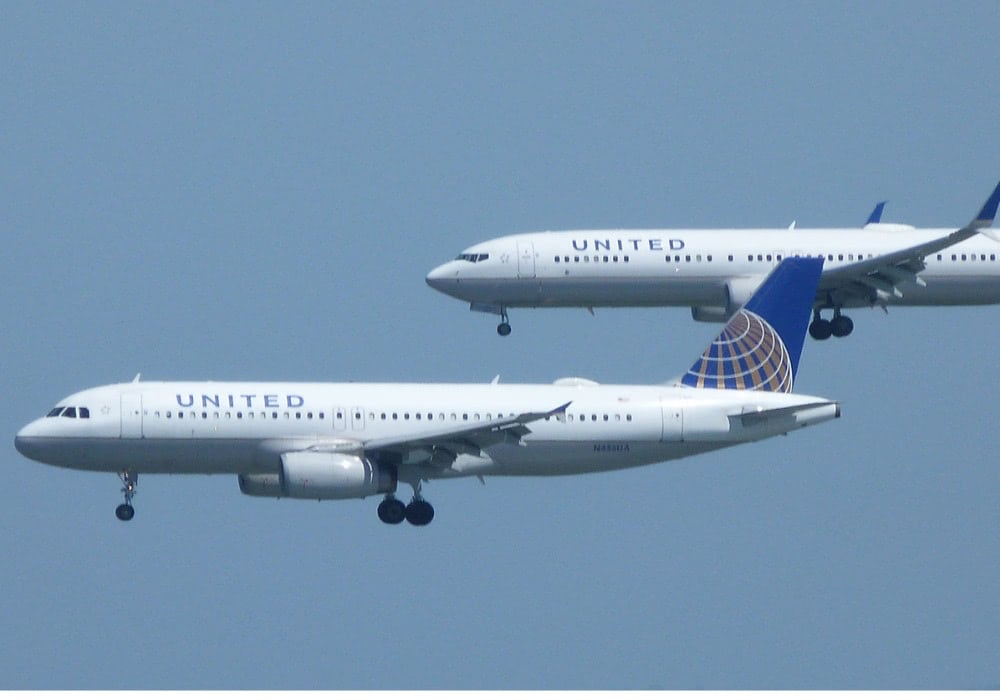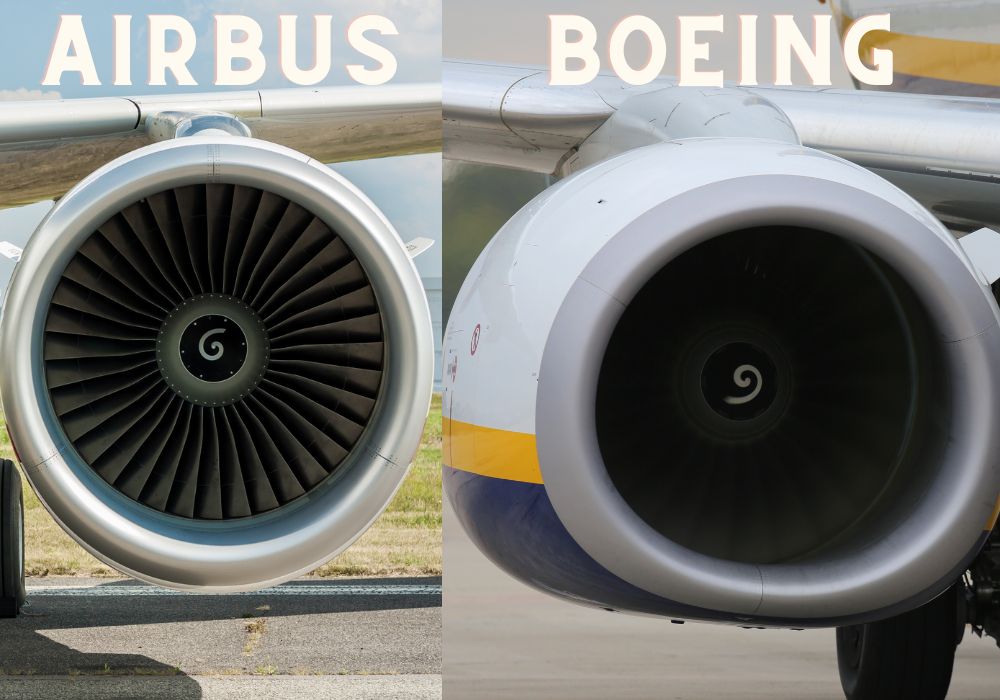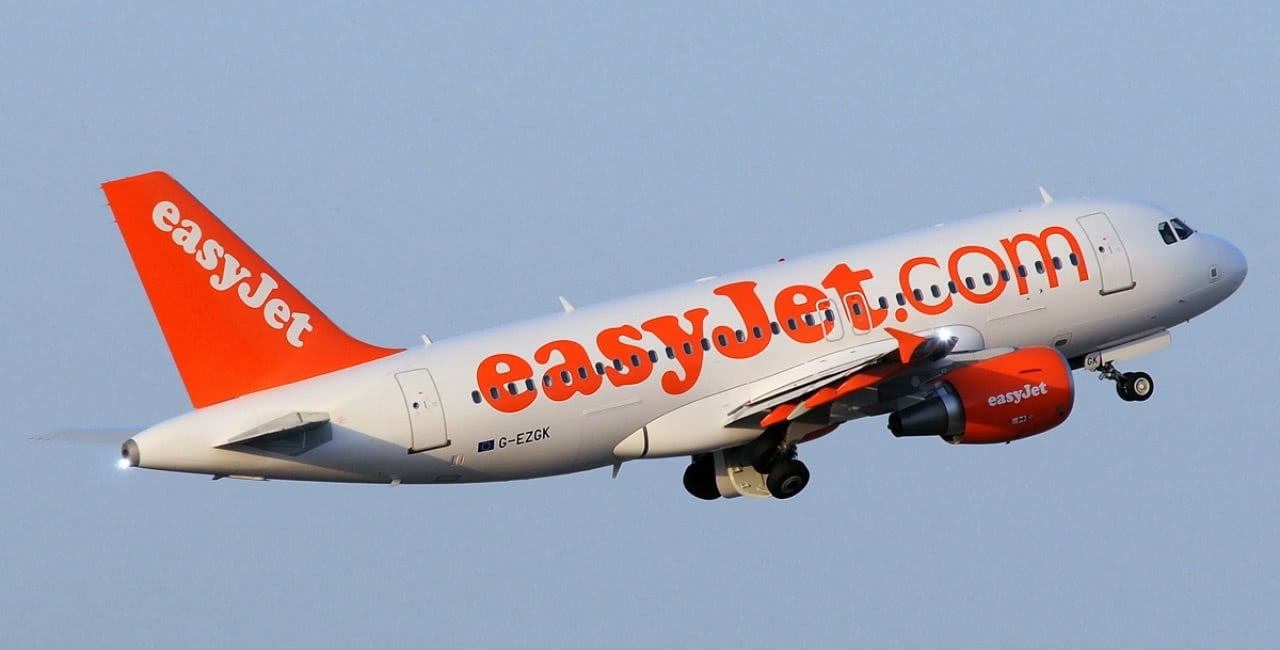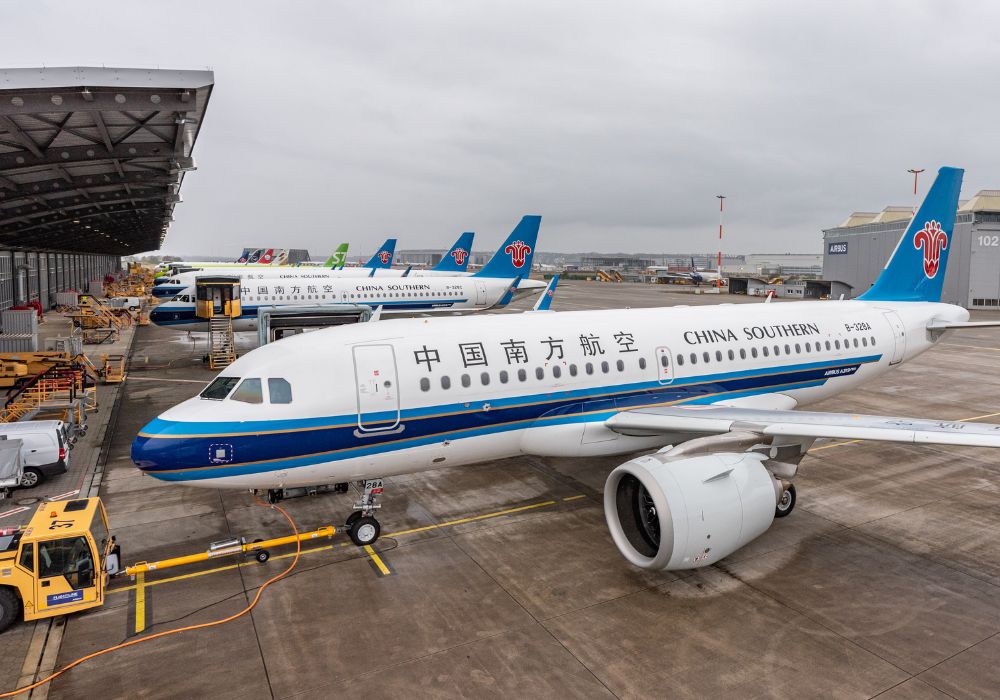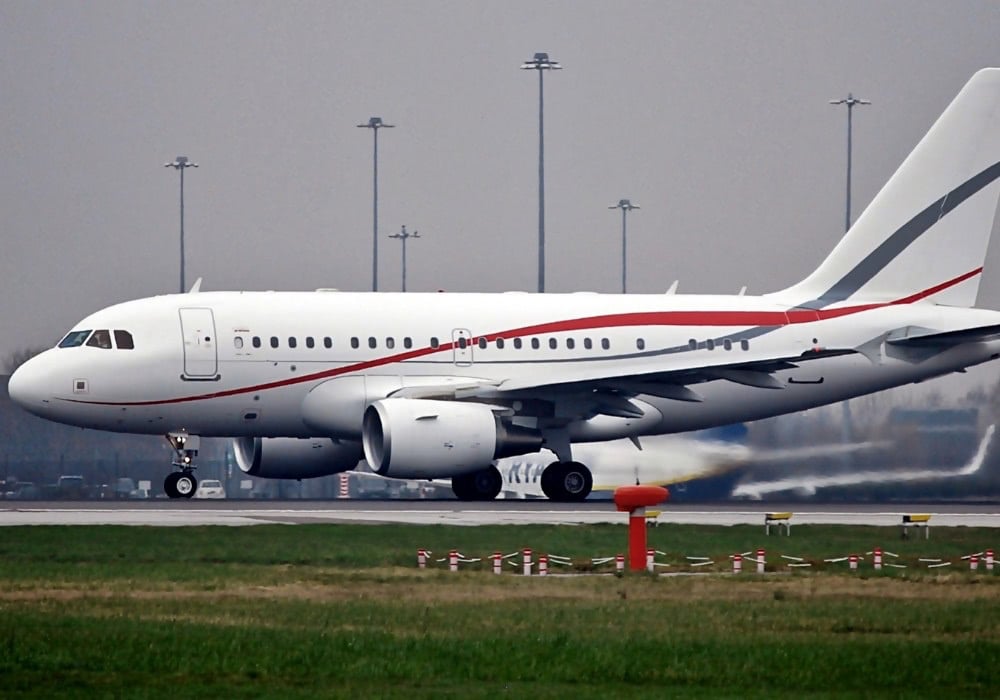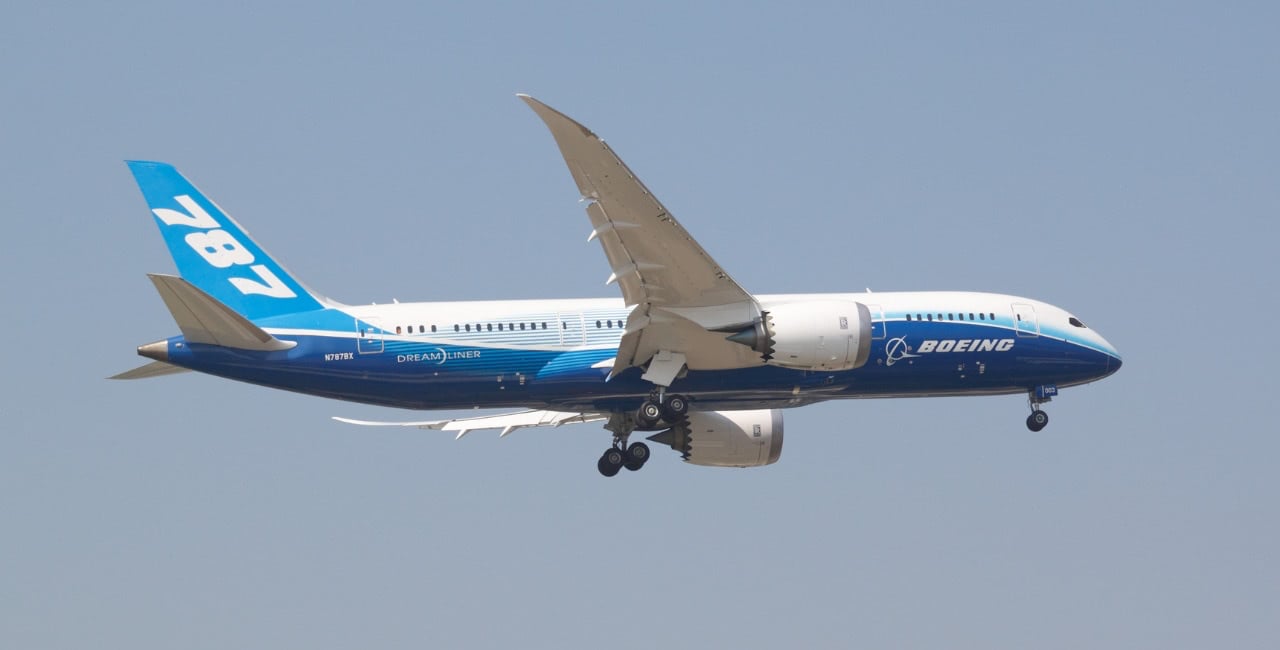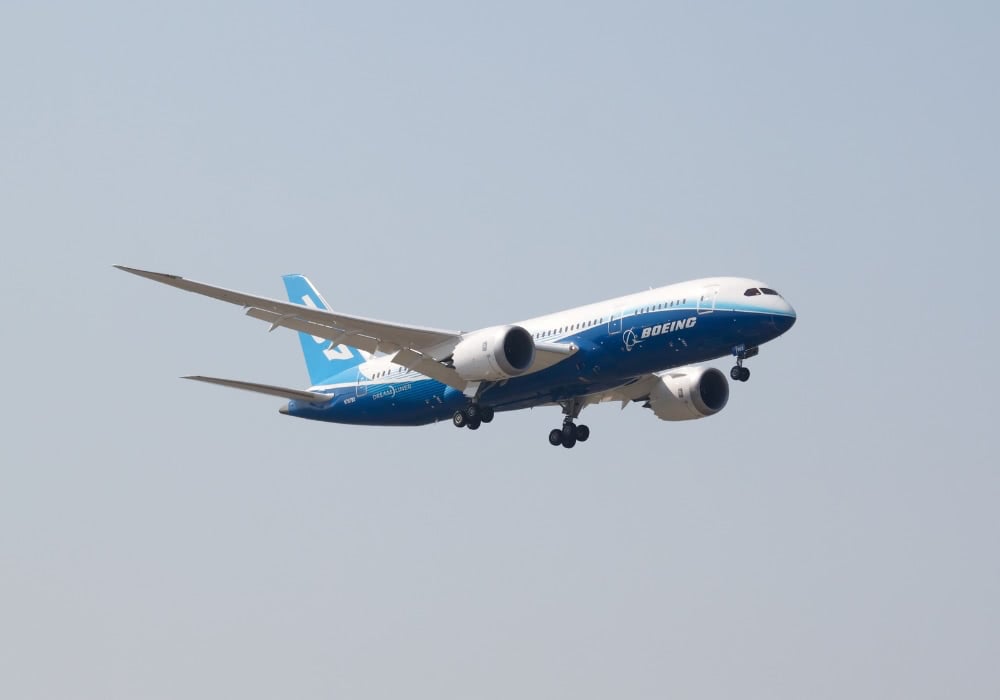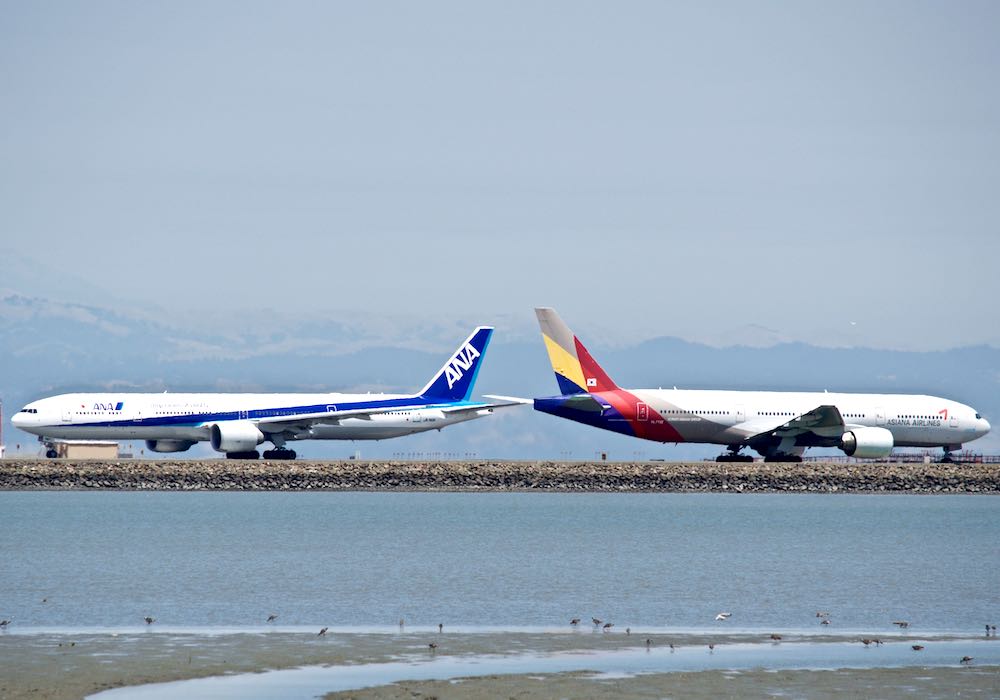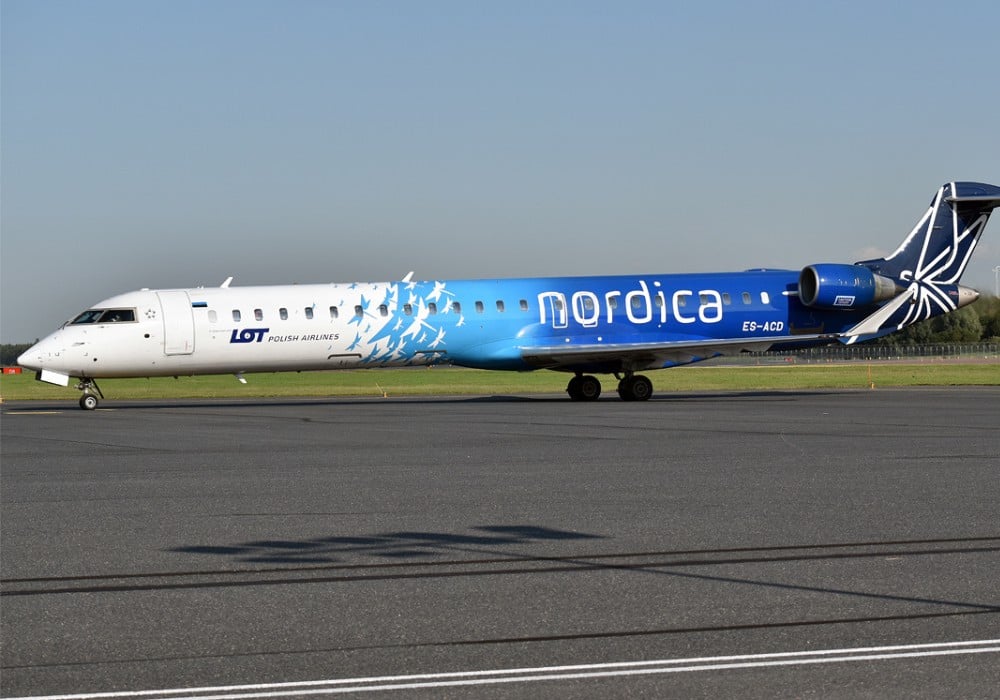A popular pastime among aviation enthusiasts is visiting airports to observe different types of aircraft, as mentioned in our posts about spotting and what is a livery.
Getting started in identifying aircraft models with the naked eye can be a little tricky, so to make it easier, here are some useful tips to help you know exactly which aircraft you are looking at any given moment.
Contents

